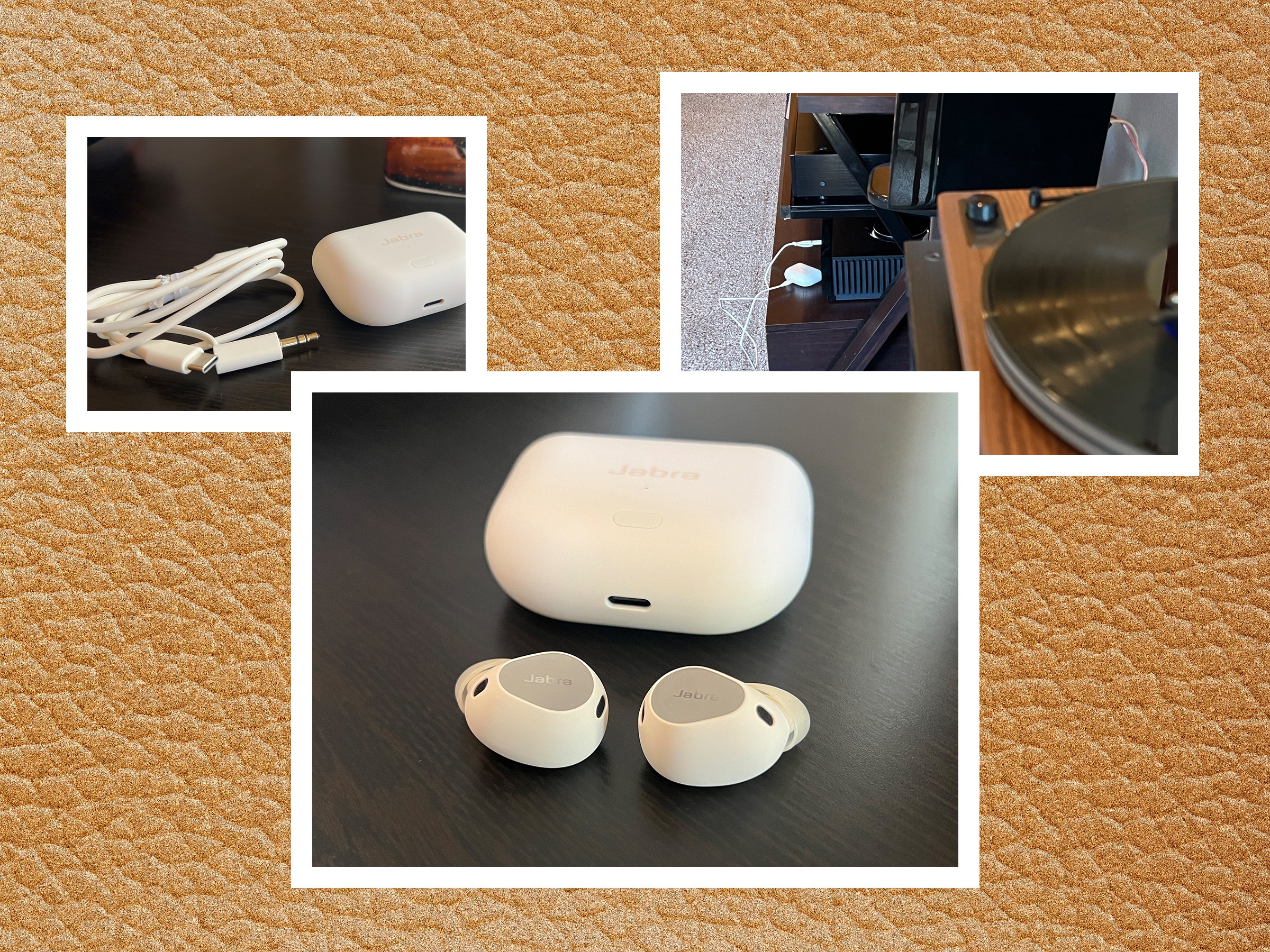I’ve got a soft spot for Jabra earbuds. In the early days of fully wireless buds, Jabra’s nascent Elite line helped prove the concept. Like Apple’s first AirPods, Jabra earbuds worked at a time when most rivals struggled with the basics. But more recently, Jabra hasn’t quite kept up with the competition. While its workout buds still rank highly, the flagship Elite 10 have taken a backseat to options from Apple, Bose, Sony, and others.
It’s not that Jabra hasn’t continued to innovate. It’s just that other brands set a faster pace, offering more advanced features, better noise canceling, and in some cases, better sound quality for the money. Within that context, it’s perhaps unsurprising that Jabra’s parent company is throwing in the towel on consumer earbuds altogether. The new Elite 10 Gen 2 and Elite 8 Gen 2 ($230) will be Jabra’s last.
The company is going out with a relative bang. The Elite 10’s second coming offers more competitive noise canceling and a fun new feature that turns the charging case into a wireless transmitter from any 3.5-mm or USB-C audio output. The buds are still something of a tough sell at $280, especially considering you can’t count on any new features in the future. But with a comfy fit, strong performance, and some cool new tricks, the Elite 10 Gen 2 make a case (no pun intended) for your attention.
Fitting In
The new Elite 10’s core design hasn’t changed, and that’s a good thing. The earbuds have a premium feel, from the hardware’s grippy exterior to tactile buttons that make it simple to control playback commands in any scenario. Unlike plenty of rival noise cancelers, the Elite 10 Gen 2 have vigorous weather-proofing, with an IP57 rating that certifies their resistance to dust and the ability to be rinsed off or even dunked after a run or gym session.
Like the Elite 85t before them, the 10’s “semi-open” fit provides some relief from ear occlusion (that plugged-up feeling). The oval-shaped housings aim for ergonomics—Jabra claims it measured 64,000 ears to get it right—with equal parts comfort and stability. The buds aren’t quite as comfy as my favorite fit, the Technics EAH-AZ80 (9/10, WIRED Recommends), but I can wear them all day with only minor discomfort. Four sets of ear gels help you get the fit right.
There aren’t many features that the Elite 10 Gen 2 don’t cover in some manner, all laid out in Jabra’s dependable (if somewhat overwhelming) Sound+ app (iOS, Android). You’ll find a multi-band EQ and presets for adjusting sound, a Find My Jabra feature, customizable controls, and auto-pairing options like Google Fast Pair and Microsoft Swift Pair, among several other options at your fingertips.
The earbuds are easy to pair to two devices by holding down the exterior buttons, letting you seamlessly swap between a phone and computer. That’s not always the case with new earbuds we test, but as I’ve come to expect, the Elite 10 Gen 2 work without fuss.
Like previous Jabra models, you can tailor your experience with options like turning on or off the auto-pause sensors, adjusting how much of your voice you hear in phone calls, and even adjusting the call EQ. Speaking of calling, the buds worked well indoors and out, with a wind buffer switch that lets you optimize them for inclement weather.

